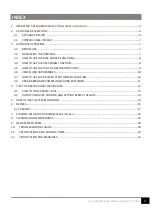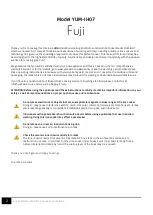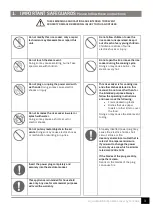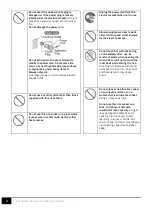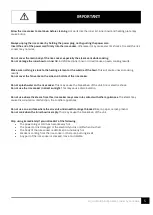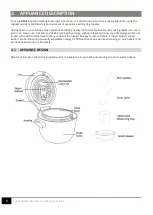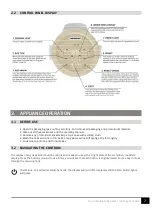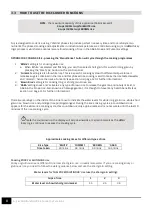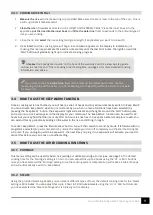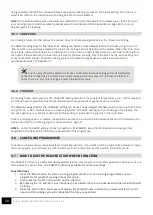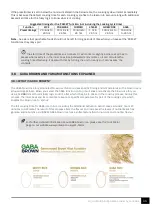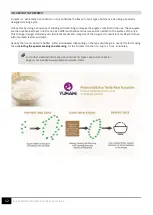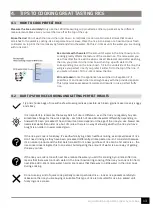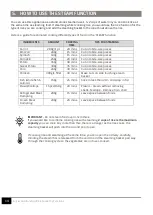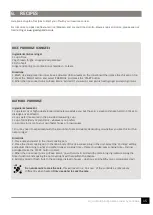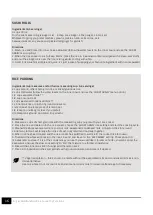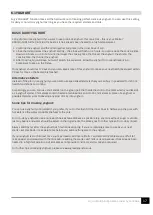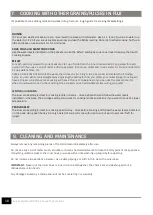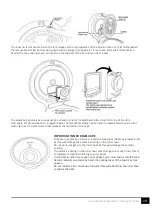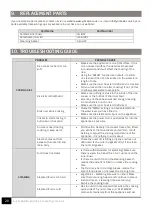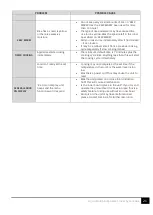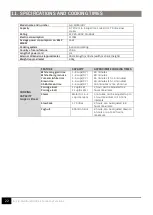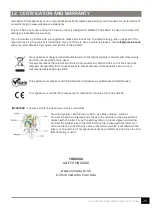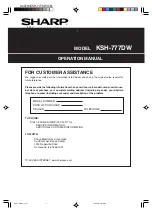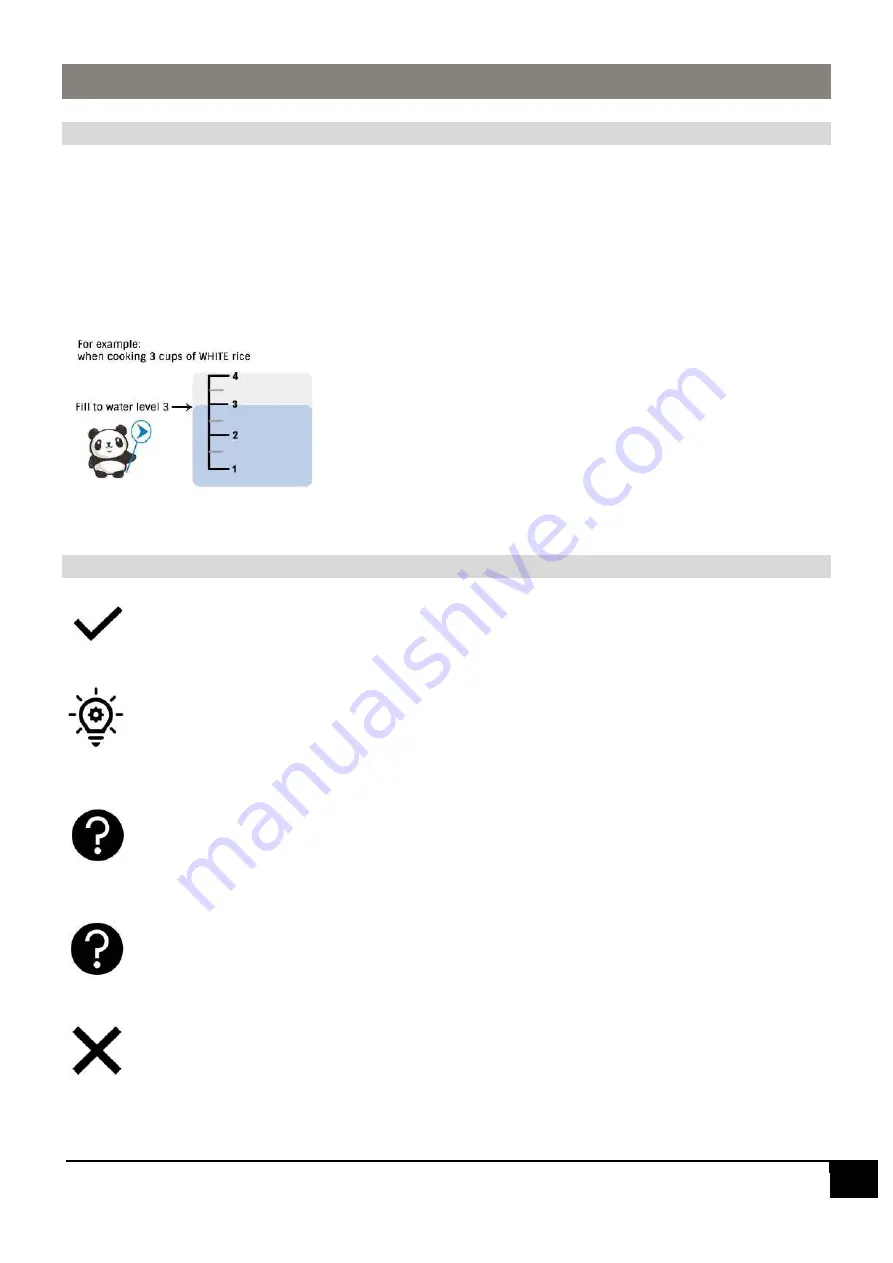
13
Fuji IH Multifunction Rice Cooker by Yum Asia
4. TIPS TO COOKING GREAT TASTING RICE
4.1 HOW TO COOK PERFECT RICE
Measure the rice accurately!
Only use the 180ml measuring cup provided as other cup sizes may be different
measurements. Make sure you level the rice off at the top of the cup.
Rinse the rice!
Do not wash the rice in the inner bowl – sometimes rice can contain small stones that causes
scratches to the ceramic coating. Use a separate bowl or sieve. Place the rice into a sieve or a bowl and pour fresh,
cold water on top. Stir the rice loosely by hand and drain the water. Do this 2-3 times until the water you are rinsing
with runs clear.
Be accurate with the water!
The amount of water in the inner bowl prior to
cooking greatly affects the texture of the cooked rice. The more water you
use, the softer the rice will be when cooked. We recommend after washing
the rice, you place it in the inner bowl, then top up with water to the
corresponding line on the inner bowl – fill to the underside of the line, this
will give you perfect rice. If you prefer it softer, fill to the top of the line; if
you prefer it harder, fill to 2-3mm below the line.
Stir and loosen!
once the appliance has switched to ‘Keep Warm’, if
possible, stir and loosen the rice straight away with the provided spatula.
This helps release excessive moisture and results in nice, perfect fluffy
rice.
4.2 OUR TIPS FOR RICE COOKING AND GETTING PERFECT RESULTS
Try and choose bags of rice with as few broken grains as possible, as broken grains make rice very soggy
and sticky.
It is important to remember that every batch of rice is different - even the rice you regularly buy can
sometimes change for the worse quality - each batch of rice absorbs water differently depending on
how well it's been processed. The end result can also depend on the age of the rice you use. Newer rice
needs less water than older rice but, of course, there is no way of knowing whether the rice you have
bought is an older or newer picked grain.
If the rice you cook is too sticky, it's worthwhile trying a batch without rinsing, as some varieties of rice
don’t need rinsing as they have been processed differently. Unlike pasta, rice isn't consistent because
it’s a natural product and the first batch cooked from a new purchase of rice can be hit and miss – the
rice cooker does mitigate this to an extent, but adjusting the amount of water is a sure way of getting
the rice you like.
If the rice you cook is too soft, next time reduce the water you add for cooking by 3-4mm, softer rice
means that there was too much water in the inner bowl during cooking. If the rice you cook is too hard,
next time add 3-4mm more water, harder rice means that there was too little water in the inner bowl
during cooking.
Do not use any kind of quick cook, partially cooked, parboiled rice – look at rice packets carefully to
make sure the rice you are buying is suitable. This type of rice is not suited for use in a sealed unit,
fuzzy logic rice cooker.


